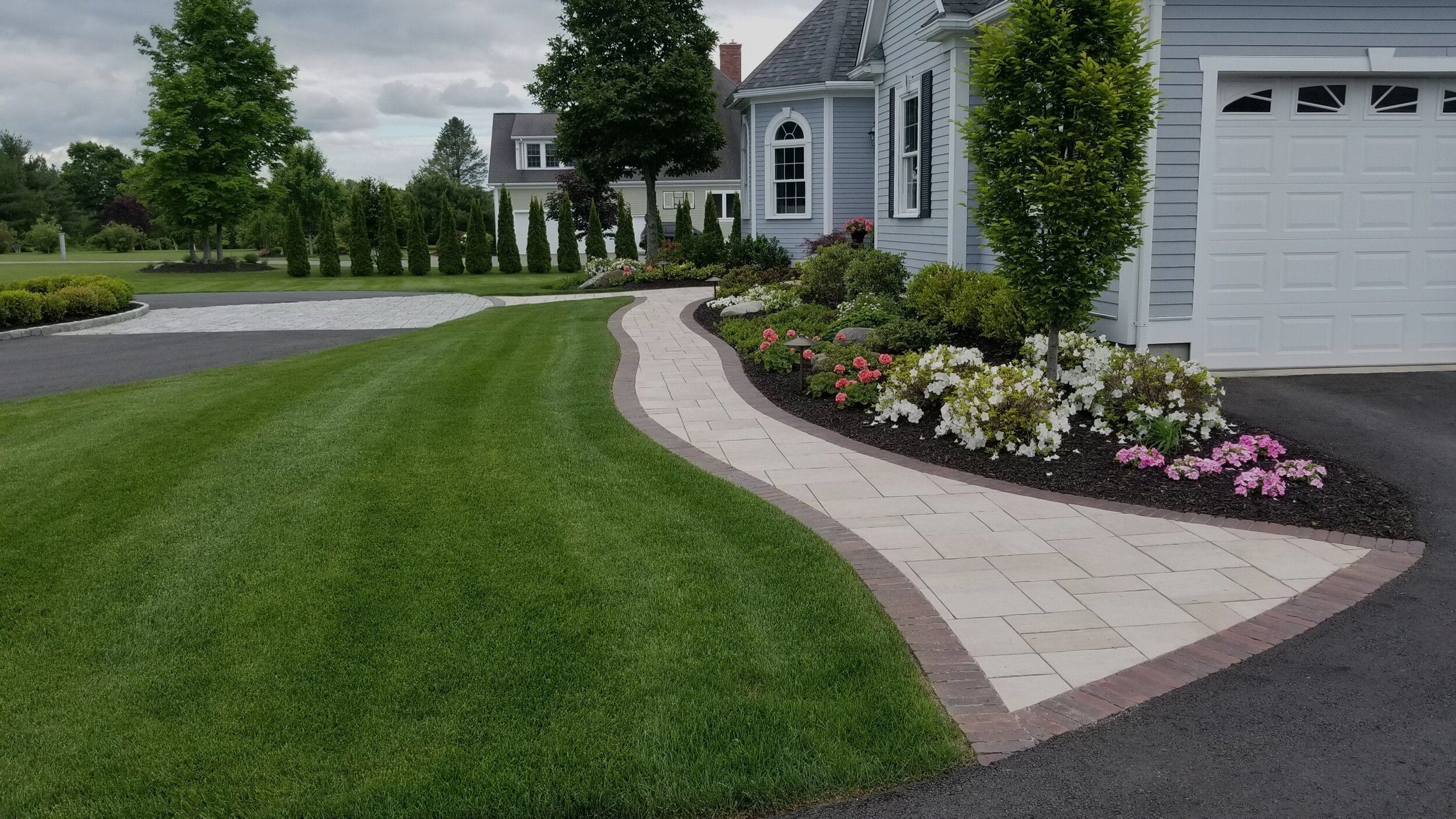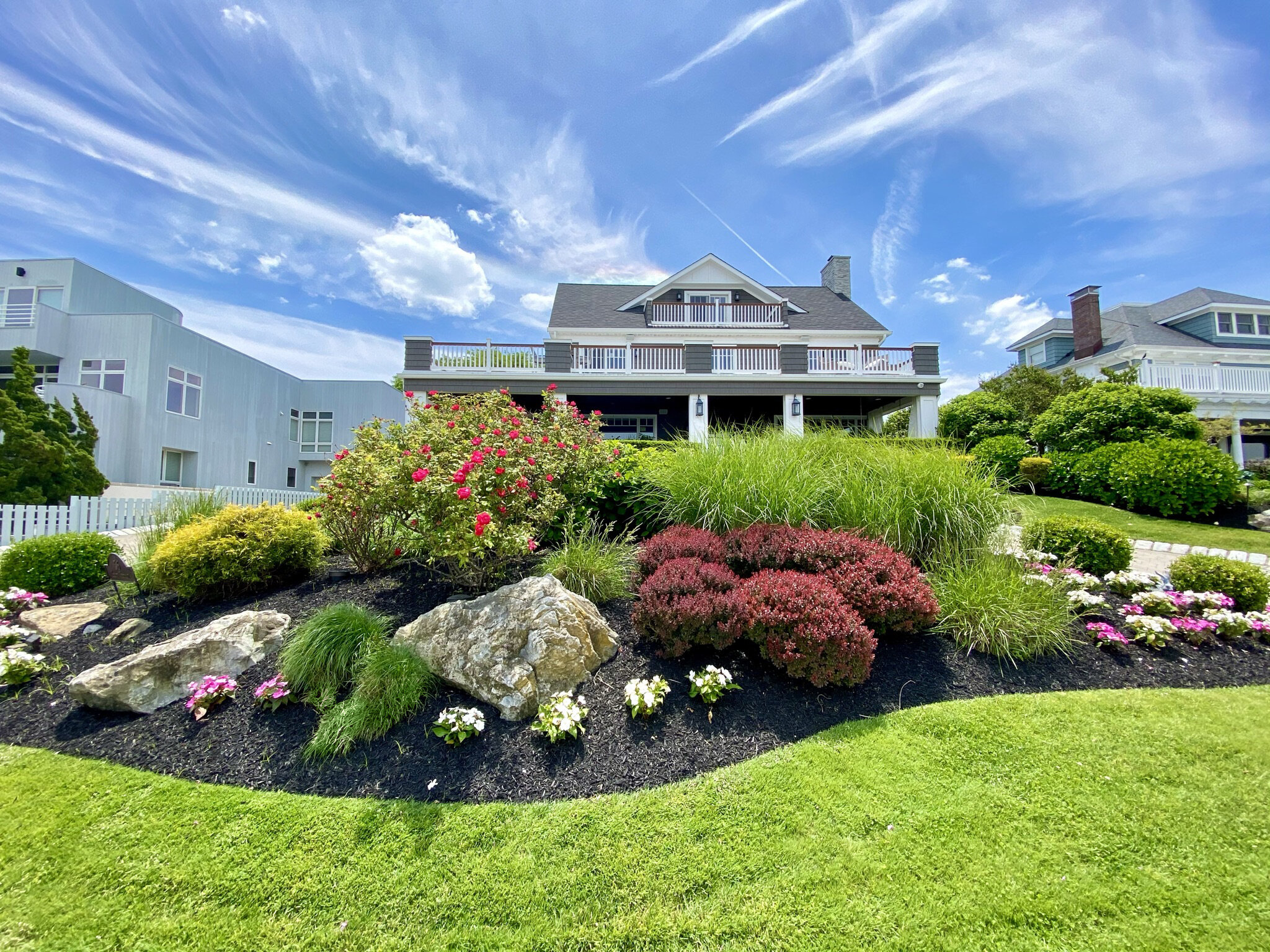Leading Tips for Enhancing Your Yard with Palm Desert Landscaping Concepts
A Comprehensive Guide to Creating and Implementing Effective Landscape Design Solutions
The art and science of landscape design extend beyond plain aesthetics; they entail a thoughtful assimilation of layout concepts, ecological stewardship, and practical application. What techniques can one utilize to make sure these landscapes not just prosper but likewise grow in consistency with their environments?

Understanding Landscape Design Principles
One could question what foundational aspects add to efficient landscape design. At its core, successful landscape design pivots on several vital concepts that guide the plan and choice of aspects within an area. These concepts include unity, balance, proportion, and rhythm, each serving to create a harmonious outside atmosphere.
Unity refers to the cohesive relationship among numerous parts, guaranteeing that they collaborate visually and functionally. Equilibrium can be attained through symmetrical or unbalanced plans, permitting the landscape to really feel secure and welcoming. Percentage includes comprehending the scale of elements in connection with each other and the surrounding environment, advertising aesthetic consistency and comfort.

Analyzing Your Outdoor Space
Before applying the principles of landscape design, a detailed assessment of your outside room is vital. This initial examination aids specify the scope of your landscaping job and makes sure that your layout straightens with the unique qualities of your property. Begin by evaluating the dimensions of your area, taking accurate dimensions to comprehend the readily available location for numerous components such as patio areas, yards, and paths.
Next, observe the existing features of your landscape, including topography, soil quality, and water drainage patterns. These factors significantly affect plant option and positioning. In addition, examine the sunlight exposure throughout different areas throughout the day, as this will impact the kinds of plants that grow in your yard.
Think about the microclimates produced by structures, trees, and other barriers, as they can influence temperature level and dampness degrees. Take note of any kind of existing plants or hardscape aspects that you desire to eliminate or keep. This extensive analysis lays the foundation for a educated and reliable landscaping solution, making sure that your style is not just visually pleasing however likewise practical and lasting for many years to come.
Sustainable Landscape Design Techniques
These practices not only advertise eco-friendly balance but likewise boost the practical and visual worth of a landscape. Implementing efficient irrigation systems, such as drip watering, decreases water waste and ensures that plants get appropriate dampness (Palm Desert Landscaping).

One more reliable technique is the calculated positioning of trees and shrubs to give natural windbreaks and shade, therefore decreasing energy expenses (Palm Desert Landscaping). Rainfall yards can be integrated into the landscape style to take link care of stormwater drainage efficiently, filtering system toxins prior to they enter waterways
Selecting the Right Plant Kingdoms
Picking the right plants for your landscape is crucial to achieving both visual charm and eco-friendly consistency. The process begins with an understanding of your local climate, soil conditions, and the certain microenvironments within your landscape. Analyzing elements such as sunlight exposure, wetness levels, and existing plants will assist you select plants that prosper in your special setup.
Take into consideration including indigenous plants, as they are well-adapted to neighborhood problems, call for much less upkeep, and support regional wildlife. Furthermore, selecting Read Full Article a diverse array of species can enhance biodiversity while reducing the threat of condition and parasite episodes. It is necessary to review the development routines, flowering durations, and seasonal colors of prospective plants to produce a cohesive and dynamic landscape.
Additionally, assume about the intended use of the room; for circumstances, if the location will certainly experience high foot web traffic, choose resistant ground covers. By attentively selecting plants that align with both your visual objectives and environmental needs, you can produce a sustainable landscape that not just improves your home but additionally adds positively to the bordering environment.

Implementation and Upkeep Techniques
As soon as the right plants have been selected for your landscape, the emphasis shifts to effective application and recurring upkeep strategies. Successful setup starts with correct site preparation, which includes dirt screening to determine nutrient levels and pH, complied with by changing the dirt as required. Carefully arrange plants according to their growth routines and light needs, making certain adequate spacing to promote healthy growth.
Irrigation is an important component of execution. Develop a watering timetable that takes into consideration the details demands of each plant varieties, readjusting for seasonal changes. Utilizing drip irrigation systems can enhance water performance and lower drainage.
Upkeep approaches have to be applied to make certain the long life and vigor of your landscape. Normal tasks include weeding, mulching, and pruning to control development and protect against condition. Fertilizing ought to be carried out based on soil tests, giving the essential nutrients without over-fertilizing.
Checking for parasites and illness is important; early detection can protect against considerable damage. Seasonal changes to maintenance routines, such as preparing and winterizing perennials for spring development, will ensure that your landscape continues to be visually appealing and healthy and balanced year-round.
Conclusion
Finally, reliable landscaping solutions need an extensive understanding of official website layout principles, thorough assessment of exterior spaces, and the application of lasting techniques. The choice of ideal plant species plays an essential role in improving visual appeal and environmental resilience - Palm Desert Landscaping. Successful execution and ongoing upkeep better guarantee the durability and vigor of landscapes. By integrating these aspects, landscapes can be changed right into stunning, useful environments that promote biodiversity and add favorably to community well-being.
One might wonder what fundamental components add to reliable landscape design. At its core, successful landscape style pivots on numerous vital concepts that guide the arrangement and selection of aspects within an area.Picking the right plants for your landscape is critical to attaining both aesthetic allure and eco-friendly consistency. It is crucial to evaluate the growth habits, blooming durations, and seasonal shades of possible plants to develop a vibrant and cohesive landscape.
Once the ideal plants have been picked for your landscape, the focus moves to reliable implementation and ongoing maintenance strategies.